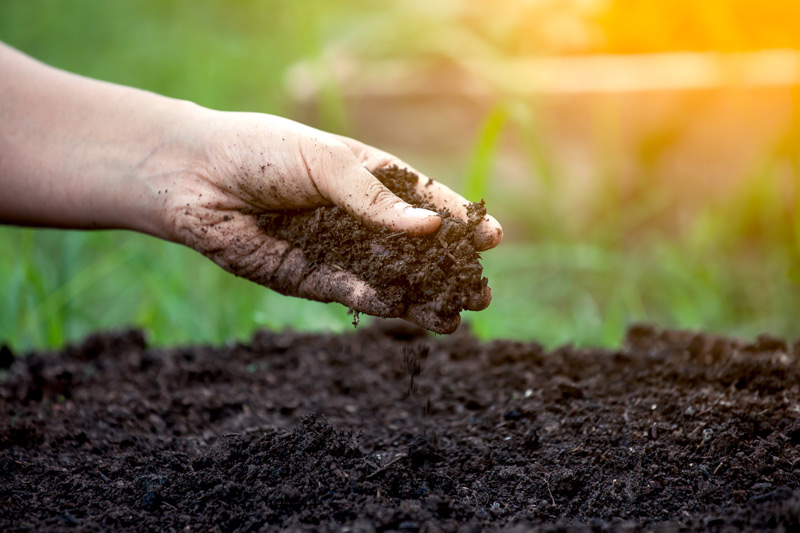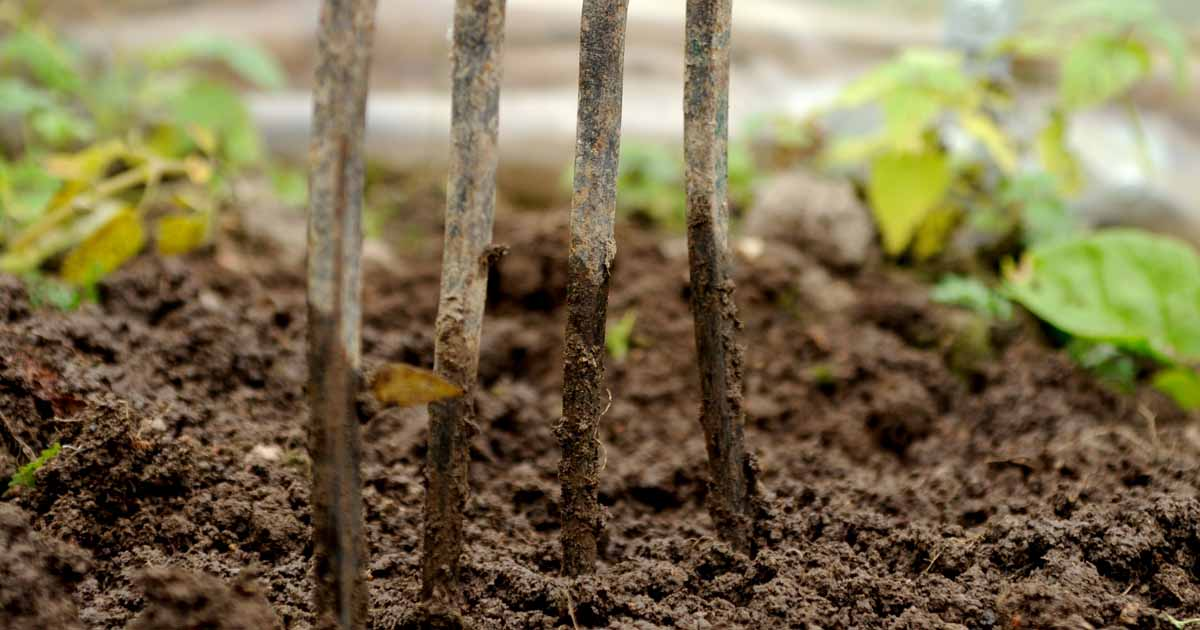
How many times have you heard the advice to "plant in well-drained soil"? It seems like whenever you are shopping for plants or reading about gardening, the term "well-drained" soil always comes up as the best location for planting. What exactly is this, and how is it identified?
DEFINITION OF WELL-DRAINED SOIL
The ability of soil to drain depends on its structure. Soils that drain well have enough space between their particles to allow water and oxygen to flow freely. There are many circumstances that impact this structure and the ability of soil to drain including:
- Clay and silty soil are made up of small particles that are notoriously slow to drain. Unlike sandy soil that drains too fast, they hold moisture to the point of being waterlogged.
- Even good soil that has been compacted either by heavy machinery or constant foot traffic also ends up with no room between the particles for water to flow.
- A low spot in your yard may have nowhere for excess water to go.
- Some areas of your yard may be constantly saturated by runoff from your roof, and other impervious surfaces like the road or your driveway.
- Hard pan or ledge beneath the surface leaves no where for water to soak in.
- A naturally high water table will remain wet long after other areas have dried.

HOW TO KNOW IF YOUR SOIL IS WELL-DRAINED?
If you want to know how well your soil drains, take this simple test:
- Dig a hole that is roughly 12" square and 12" deep.
- Fill it with water.
- Once that water has drained out fill it again and this time stick a ruler in to measure how deep the water is.
- After 15 minutes check the depth again to see how much it has dropped. Multiply the difference by 4 to get how fast it will drain in an hour.
- 1 to 6 inches per hour draining out of the hole means your soil is well-drained! Congratulations!
- A less than 1 inch per hour draining is considered wet and if it drains faster than 6 inches in an hour it is dry.
HOW DO YOU REMEDY SOIL TO MAKE IT WELL-DRAINED?
Now that you know what you have to work with there are some ways to remedy less than perfect soils.
- Whether too wet or too dry, the best thing you can do is amend your soil by adding organic matter. Compost, shredded leaves, aged manure, and leaf mold are a few of the best materials for improving soil structure. Aim for 2 to 10 percent organic matter in your garden beds. Learn all about types of organic amendments.
- If hard pan or a high water table are the problem, build up by making raised beds filled with soil rich in organic matter.
- If redirection of water is all that is needed, create swales or channels to divert water from your planting area.
- Lastly, if the garden gods have given you a bog, make a rain garden using plants that actually thrive in soggy conditions.






